Unlocking your creative potential as an artist can seem daunting, but with the right strategies, anyone can foster a flourishing artistic imagination. Whether you’re an aspiring artist, a student working on a project, or someone looking to explore new dimensions of creativity, finding inspiration is key. This guide offers a comprehensive exploration of creative ideas for art, designed to spark your curiosity and provide actionable steps to unlock your artistic potential. From traditional mediums to modern innovations, we’ll delve into examples of creative ideas for art, project inspirations, and tips to keep your creative juices flowing. Discover how to channel your unique perspective and transform ordinary concepts into extraordinary works of art, whether you’re experimenting with new techniques, exploring unique project ideas, or simply seeking fresh ways to approach your craft. With this guide, you’ll gain a wealth of knowledge and resources to inspire your next masterpiece.
Mastering Art: A Personal Journey of Exploration and Dedication
Embarking on the path to artistic creation can be both exciting and challenging. Here’s a structured approach to help navigate this journey:
- Identify Interests and Explore Art Forms: Begin by discerning which art forms resonate most with you. Whether it’s visual arts, performing arts, literary arts, or digital art, experimenting with various mediums can unlock your creative potential.
- Seek Inspiration from Surroundings: Observe the world around you. Notice shapes, colors, and patterns in everyday environments. This observation can serve as a catalyst for creative ideas.
- Experiment with Art Styles: Consider trying different styles such as Impressionism for its light and movement, Realism for detailed representations, Abstract Expressionism for emotional expression, and Cubism for geometric perspectives. Each style offers unique opportunities for self-expression.
- Create in a Dedicated Space: Establish a dedicated area for your artistic endeavors. This space should be organized and free from distractions, fostering productivity and focus.
- Engage with Communities: Join art groups or online communities to gain feedback and motivation. Interaction with fellow artists can provide fresh perspectives and inspiration.
- Channel Emotions Through Art: Reflect on personal experiences and emotions. Journaling or incorporating music may help channel these feelings into your artwork, enriching your creative process.
- Practice Consistently: Regular practice is crucial. Embrace mistakes as part of the learning journey, knowing that growth comes from experience and perseverance.
- Set Goals and Track Progress: Define objectives, such as completing weekly sketches or working on specific projects. Tracking your progress helps identify improvements and keeps you motivated.
By integrating these strategies, you can foster a dynamic and evolving artistic practice. Remember, creativity is a personal journey, and embracing new techniques and perspectives will ultimately lead to a unique and authentic style.
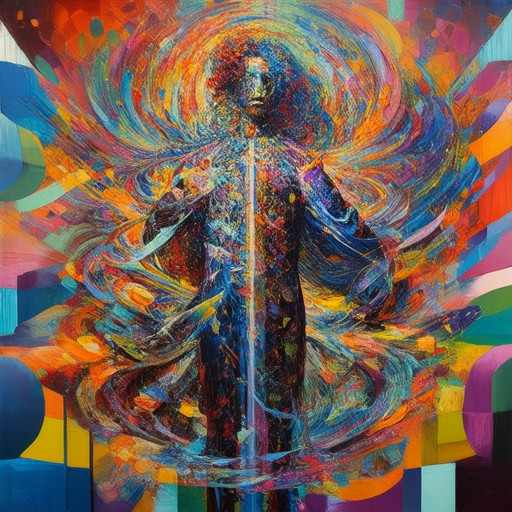
How to Get Creative Ideas for Art
Generating creative ideas for art can be a challenging yet rewarding process. Here are some effective strategies to spark your creativity and unlock your artistic potential:
- Explore Different Art Forms – Step out of your comfort zone and experiment with various mediums like painting, sculpture, digital art, or photography. Each form offers unique perspectives and techniques that can inspire fresh ideas.
- Study Nature and the World Around You – Observe the beauty in everyday objects and scenes. Sketching or taking photos can help you notice details and find inspiration in ordinary moments.
- Research Artists and Their Work – Look at the works of artists you admire. Analyze their styles, techniques, and themes to find new directions for your own art. Visit Artful Journey for curated resources and artist profiles.
- Engage in Collaborative Projects – Partner with others to create art together. Collaborative projects can expose you to diverse ideas and push your creative boundaries.
- Experiment with Abstract Concepts – Don’t be afraid to break free from traditional representation. Focus on emotions, colors, textures, or shapes to create abstract pieces that communicate your unique vision.
- Use Mindfulness Techniques – Practice mindfulness or meditation to clear your mind. This can help you approach art with a fresh perspective and reduce stress that often stifles creativity.
- Take Art Classes or Workshops – Learning new techniques and receiving feedback from experienced artists can reignite your passion and provide valuable insights.
- Keep a Creative Journal – Document your thoughts, sketches, and ideas in a journal. This habit can help track your progress, explore different styles, and develop a personal artistic language.
- Visit Museums and Galleries – Immersive yourself in different cultures and artistic movements by exploring museums and galleries. Artful Journey offers virtual tours and exclusive exhibits to inspire your work.
- Set Personal Challenges – Challenge yourself to create a piece within a specific timeframe or theme. This can push your creativity and help you discover new strengths.
Remember, creativity is a journey. Embrace experimentation, stay curious, and let your unique perspective shine through your artwork. With persistence and practice, you’ll continue to find new ways to express your artistic vision.
Examples of Creative Ideas
- Painting with nature: Create abstract art using leaves, branches, and flowers.
- Collaborative mural project: Work with a community to paint a large-scale artwork in a public space.
- DIY terrarium kits: Offer step-by-step guides to build custom terrariums with unique plants and decorations.
- Upcycled furniture: Transform old furniture into stylish pieces by adding new fabrics, paints, or designs.
- Handmade candles: Create scented candles with unique combinations of essential oils and wax colors.
- Pop-up art gallery: Curate and display art in unexpected public spaces for a limited time.
- Community art wall: Design a space where locals can contribute their own artwork and designs.
- Themed dinner parties: Plan events around a specific theme, like “Alice in Wonderland” or “Space Odyssey.”
- Garden of words: Create an outdoor installation where visitors can write or draw on tiles placed in the ground.
- Digital art collaborations: Partner with others to create collaborative digital artworks using software or online platforms.
- Interactive sculpture garden: Design sculptures that engage visitors through touch, sound, or movement.
- Farm-to-table dinners: Host events where guests can enjoy meals made with ingredients from local farms.
- Seasonal decor workshops: Teach others how to create seasonal decorations using natural materials.
- Urban farming projects: Help people grow their own vegetables or herbs in containers or small plots.
- Storytelling nights: Organize events where participants share personal stories or folklore.
- Light art installations: Create temporary art using lights, lasers, or projections.
- Book clubs with a twist: Make meetings more engaging by incorporating creative activities like book-themed art or food.
- Wilderness survival workshops: Teach others how to navigate the outdoors safely and creatively.
- Sound art performances: Use sounds, music, or recordings to create immersive art experiences.
- Pop-up restaurants: Offer unique dining experiences in temporary locations with themed menus and ambiance.
- Community theater productions: Put on plays or musicals involving local talent and audience participation.
- Eco-friendly art projects: Create art using recycled materials to promote environmental awareness.
- Historical reenactments: Bring history to life through costumes, props, and performances.
- Family art days: Host events where children and families can participate in hands-on creative activities.
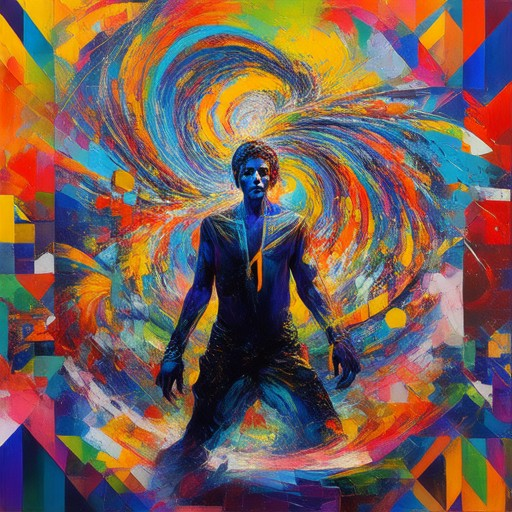
Are Art Replicas Illegal?
Art replicas can be a controversial topic due to copyright laws. Original artwork is often protected under copyright law, which typically lasts for the life of the creator plus 70 years after their death. Creating and selling unauthorized replicas of copyrighted works may infringe on these rights, leading to potential legal consequences for sellers and buyers.
If an artist creates a reproduction without the original creator’s permission, it may be considered an infringement. However, reproductions created with the artist’s consent, such as prints or authorized copies, are generally allowed. The legality of selling art replicas depends on whether the replica is a derivative work that requires permission or falls under fair use.
Fair use exceptions, such as for education, commentary, or parody, are rare and limited. Moral rights, which allow artists to control certain uses of their work, may also apply. In some cases, reproductions have led to legal disputes, particularly when they are mass-produced and sold without authorization.
For sellers, it’s crucial to ensure that any replica offered is either created with explicit permission or falls under acceptable legal exceptions. Buyers should also be aware of the potential risks associated with purchasing unauthorized replicas.
To learn more about intellectual property rights and art reproductions, visit our resources page .
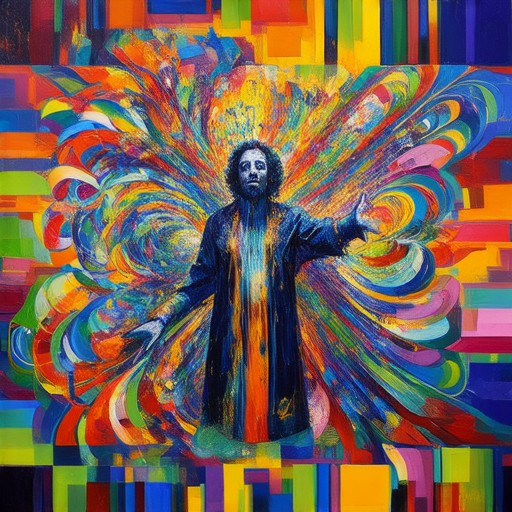
What Are the 7 Types of Art?
The concept of art encompasses a vast spectrum of human creativity, often categorized into distinct forms. While the definition of art can vary, here are seven primary types of art, each offering unique expressions of human ingenuity:
- Visual Arts :
- Painting: Create masterpieces using various mediums like oil, watercolor, or digital tools. Artists like da Vinci and Van Gogh have left timeless legacies.
- Sculpture: Three-dimensional forms shaped from materials like marble, bronze, or clay. Artists such as Michelangelo and Rodin are celebrated for their sculptures.
- Performing Arts :
- Dance: Expressions through movement, ballet, contemporary, or hip-hop. Icons like Martha Graham and Michael Jackson have redefined this art form.
- Music: Composed and performed through instruments, vocals, or electronic beats. Composers like Beethoven and modern artists like Björk have influenced audiences globally.
- Literary Arts :
- Poetry: Conveys emotions and stories through words, with poets like Shakespeare and Maya Angelou renowned for their work.
- Prose: Includes novels, short stories, and essays, with authors like J.K. Rowling and George Orwell leaving lasting impacts.
- Theater Arts :
- Acting: Portraying characters in live performances, with actors like Meryl Streep and Denzel Washington celebrated for their roles.
- Playwriting: Crafting scripts for stage productions, where playwrights like Eugene O’Neill have redefined theater.
- Cinema and Film :
- Directing: Visual storytelling through movies, with directors like Spielberg and Nolan creating iconic films.
- Screenwriting: Writing scripts for films, with writers like Aaron Sorkin known for their compelling narratives.
- Architecture :
- Designing structures like buildings and bridges, with architects like Frank Lloyd Wright and Zaha Hadid recognized for their innovative designs.
- Applied Arts :
- Crafts: Creating functional and decorative items like pottery, jewelry, and furniture. Artists such as William Morris have blended aesthetics with utility.
- Digital Art: Expanding traditional art forms into the digital realm, with artists using software to create digital paintings and animations.
These art forms collectively form the backbone of cultural expression, offering diverse ways to explore creativity and inspire audiences. Whether through visual masterpieces, performing acts, literary works, or cinematic visions, art continues to shape our world and individual experiences.
What Art Is Not Realistic?
Art that is not realistic often falls under the category of Abstract Art . This type of art moves away from depicting real-world objects, people, or scenes to focus on emotions, ideas, and the artist’s personal expression. Abstract art is characterized by the use of shapes, colors, and textures in a manner that does not attempt to mirror reality.
Key characteristics of non-realistic art include:
- Aim for Emotion: Abstract artists often seek to evoke feelings or convey a particular mood rather than represent a specific subject.
- Use of Shape and Color: The focus is on the interplay of shapes, colors, and textures, often creating a sense of movement or energy.
- Non-Mimetic Approach: Unlike realistic art, abstract art does not aim to copy the appearance of the physical world.
Examples of non-realistic art can be found in movements such as Abstract Expressionism , led by artists like Jackson Pollock and Mark Rothko, who focused on creating vibrant, gestural works that reflected inner emotions.
By moving away from traditional representation, abstract artists create unique visual languages that challenge viewers to interpret their works on a deeper level, often leading to personal and emotional connections.
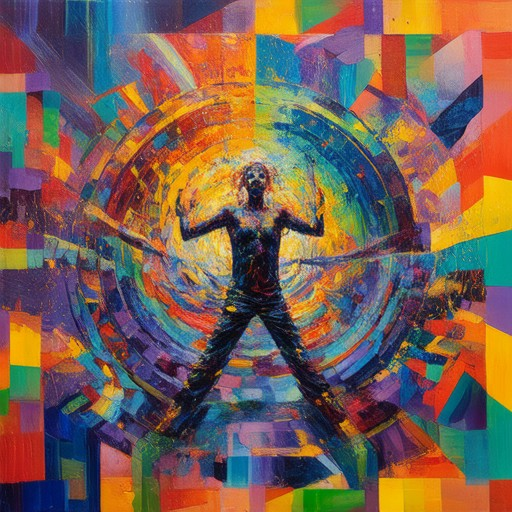
The Four Main Art Styles Explained
Understanding the fundamental art styles is essential for anyone exploring the world of art. Here are the four main art styles, each characterized by unique techniques, subject matter, and historical contexts:
- Impressionism : Born in France during the late 19th century, Impressionism focused on capturing the fleeting moments of light and color. Artists like Claude Monet and Pierre-Auguste Renoir used loose brushwork and vibrant colors to depict scenes en plein air (outdoors). Their works often conveyed a sense of movement and atmosphere.
- Realism : In contrast to Impressionism, Realism emphasized accuracy and detail. Painters like John Constable and Jean-François Millet focused on representing reality with precise proportions and textures. Their works often depicted everyday life and agricultural scenes.
- Abstract Expressionism : Emerging in the mid-20th century, Abstract Expressionism was dominated by emotions and spontaneity. Jackson Pollock and Willem de Kooning explored gestural techniques, allowing the paint to flow freely to express internal feelings. This style bridged the gap between art and psychology.
- Cubism : Cubism, led by Georges Braque and Pablo Picasso, redefined space and perspective. By breaking objects into geometric shapes, Cubists aimed to capture the three-dimensional nature of reality. This style heavily influenced modern architecture and design.
Each of these styles has left an indelible mark on art history, inspiring countless artists and movements. Whether you prefer the naturalistic details of Realism or the emotional intensity of Abstract Expressionism, there’s something captivating about these foundational art styles.
For deeper dives into each style, explore Artful Journey’s comprehensive guide and discover the rich tapestry of artistic expression.
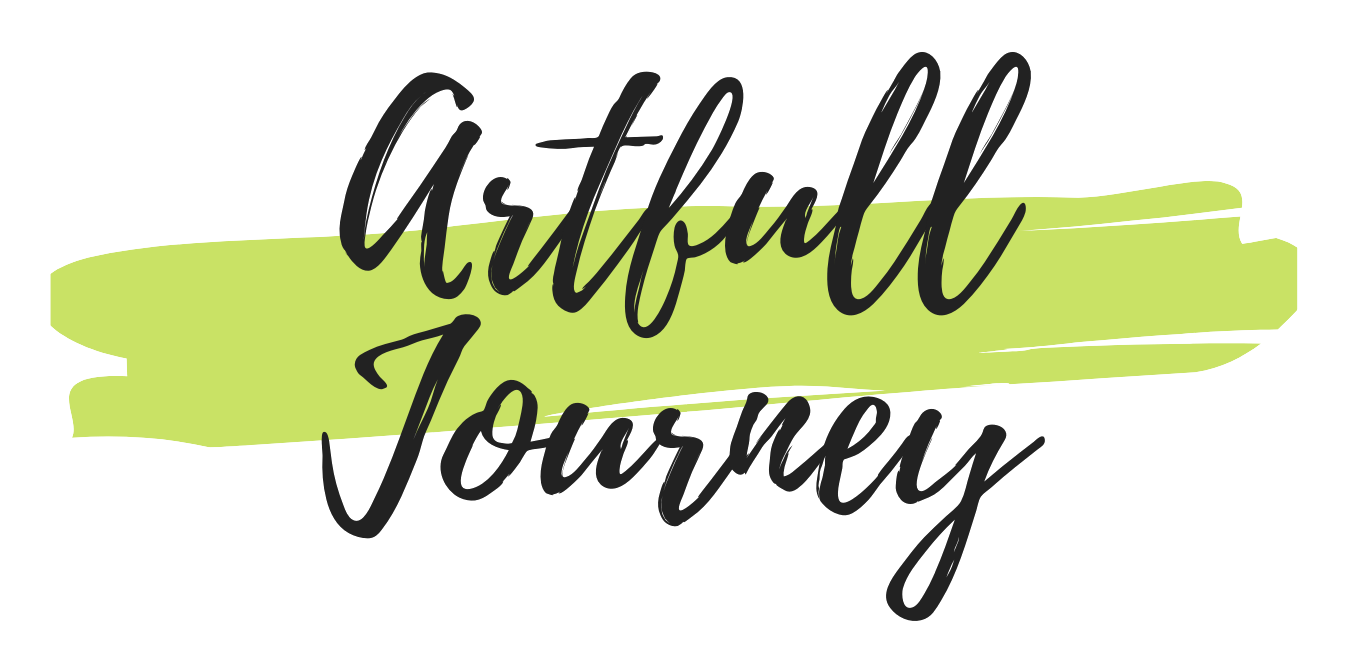



0 Comments